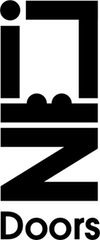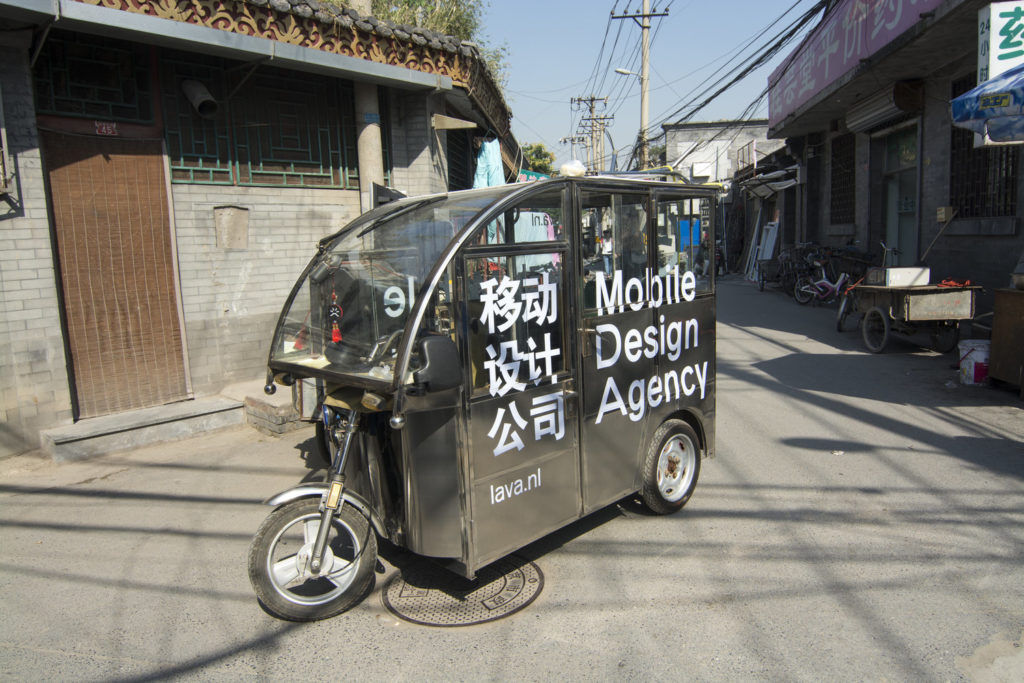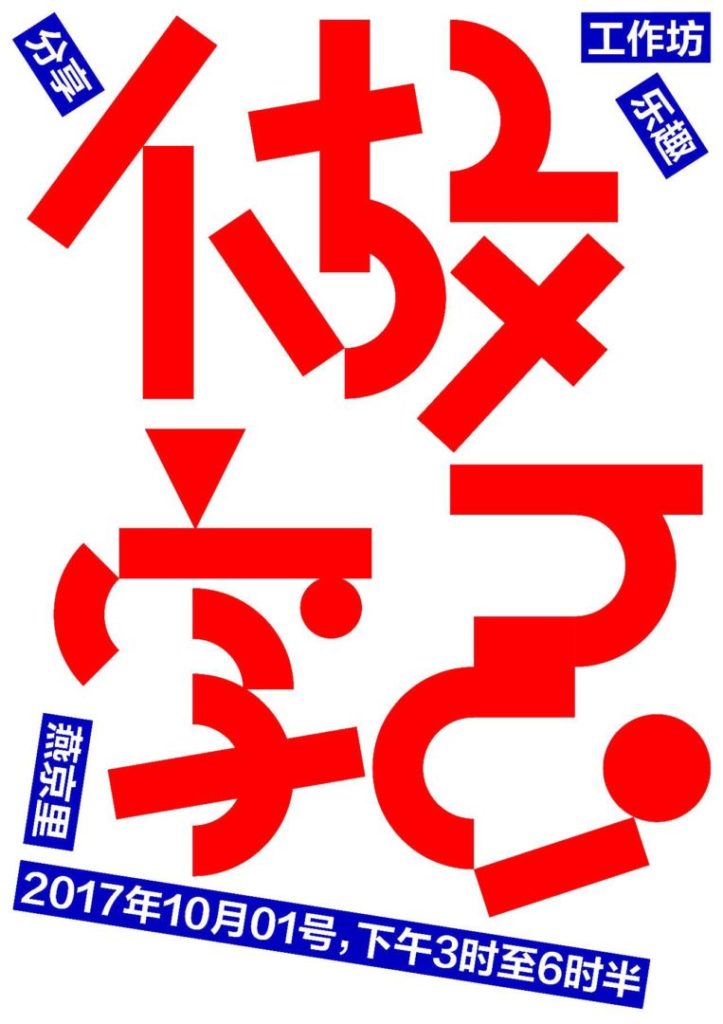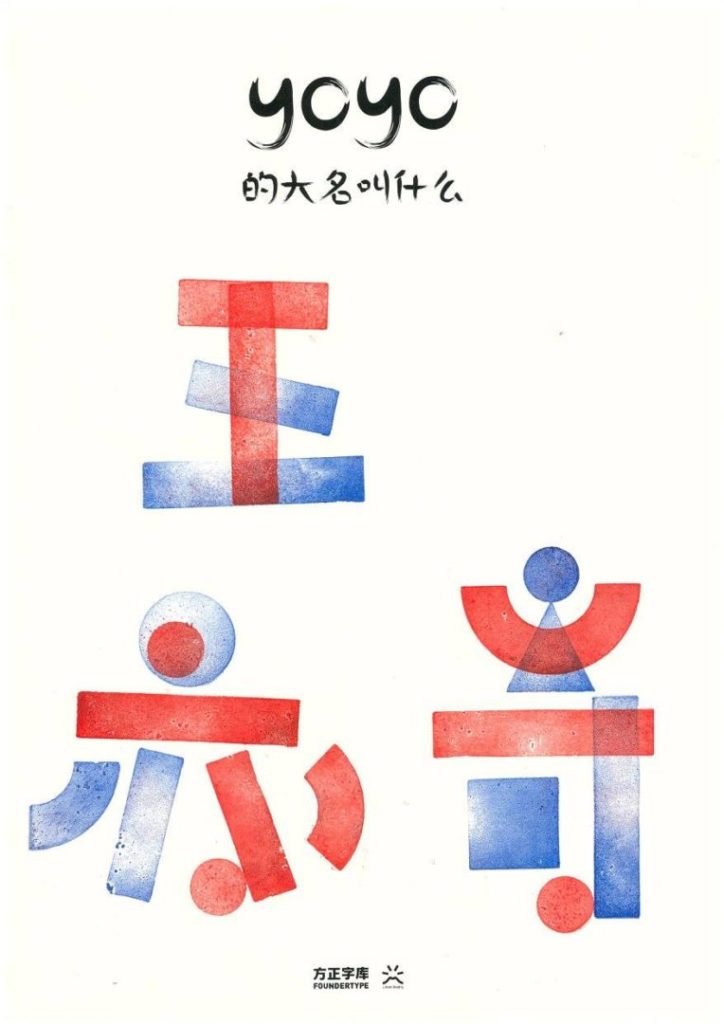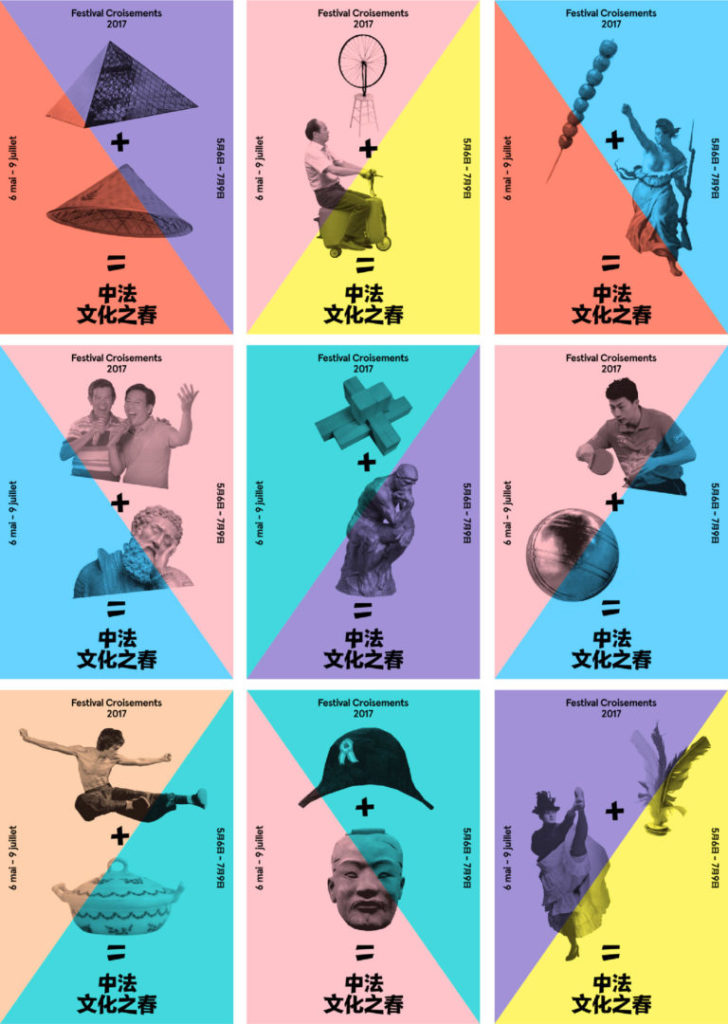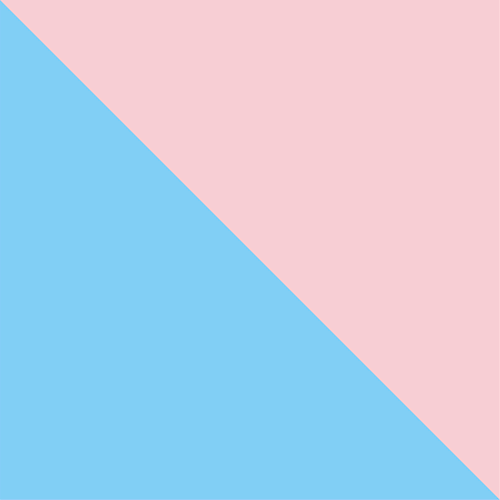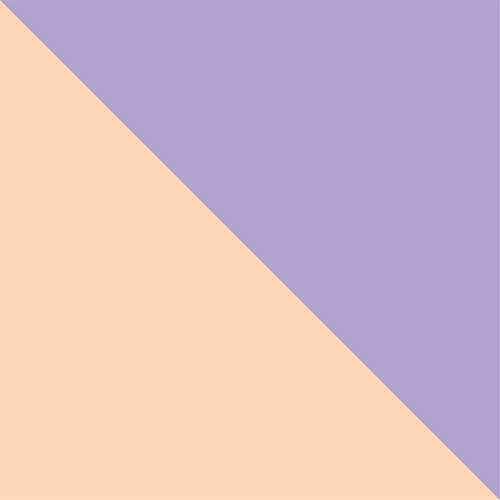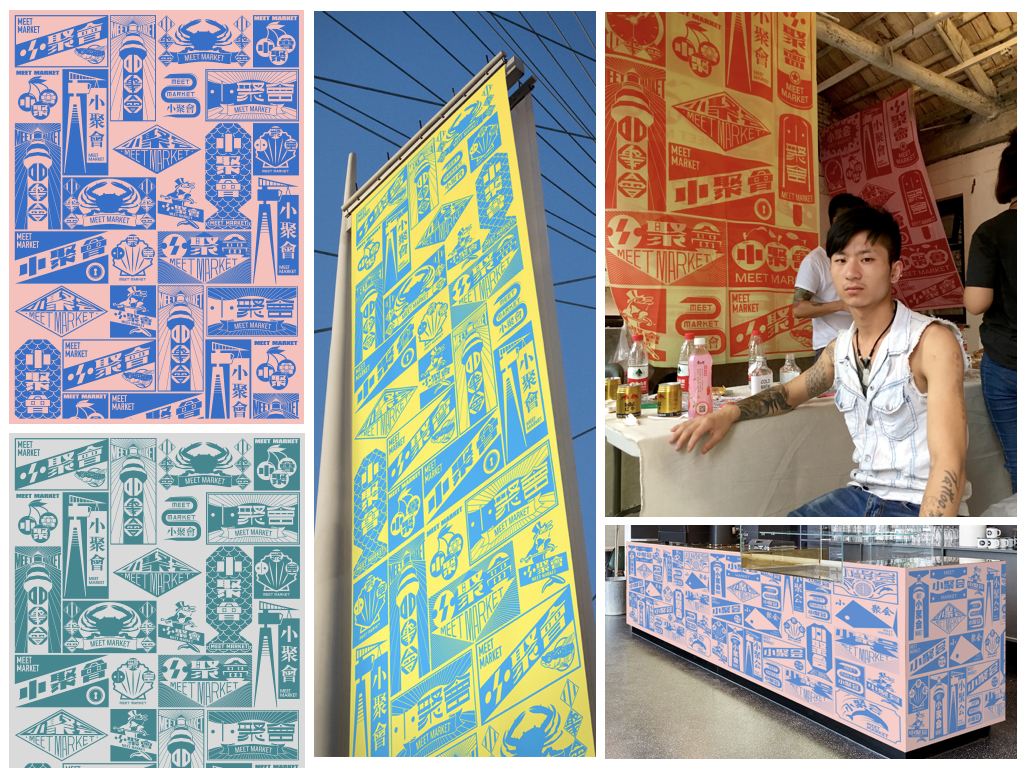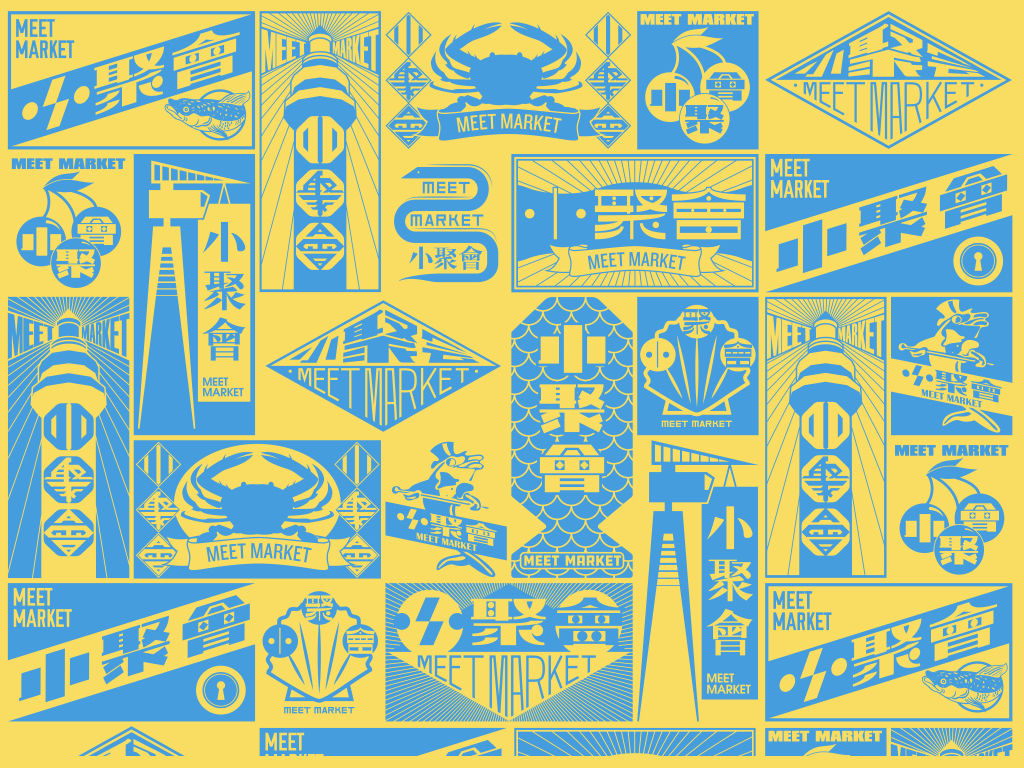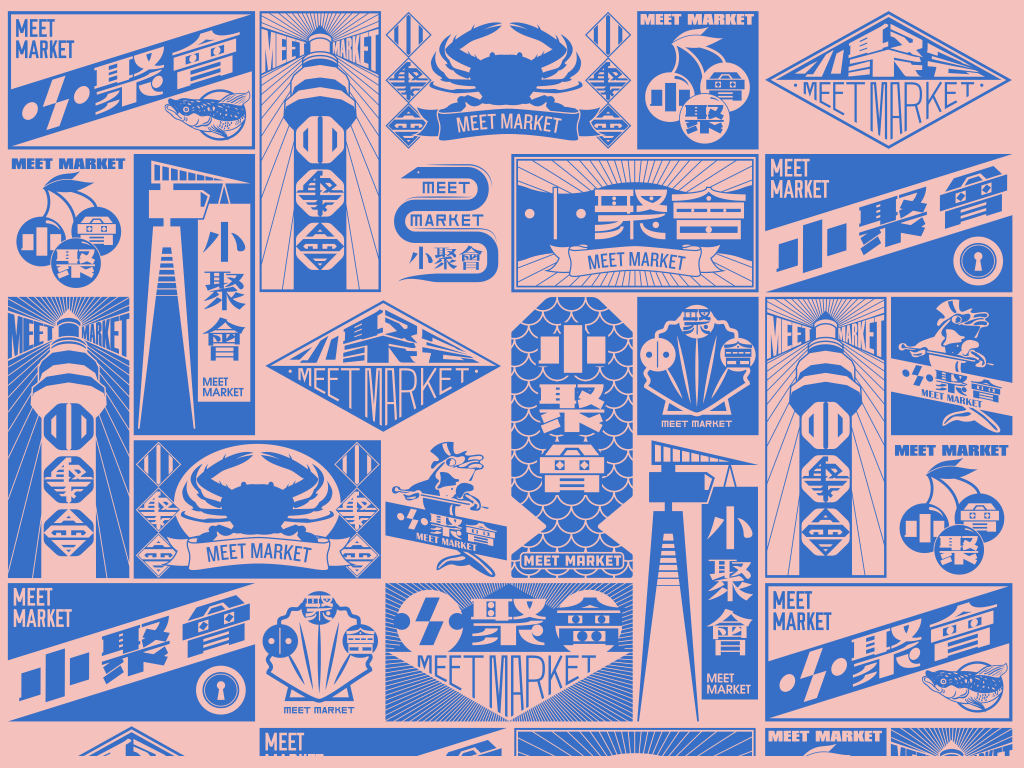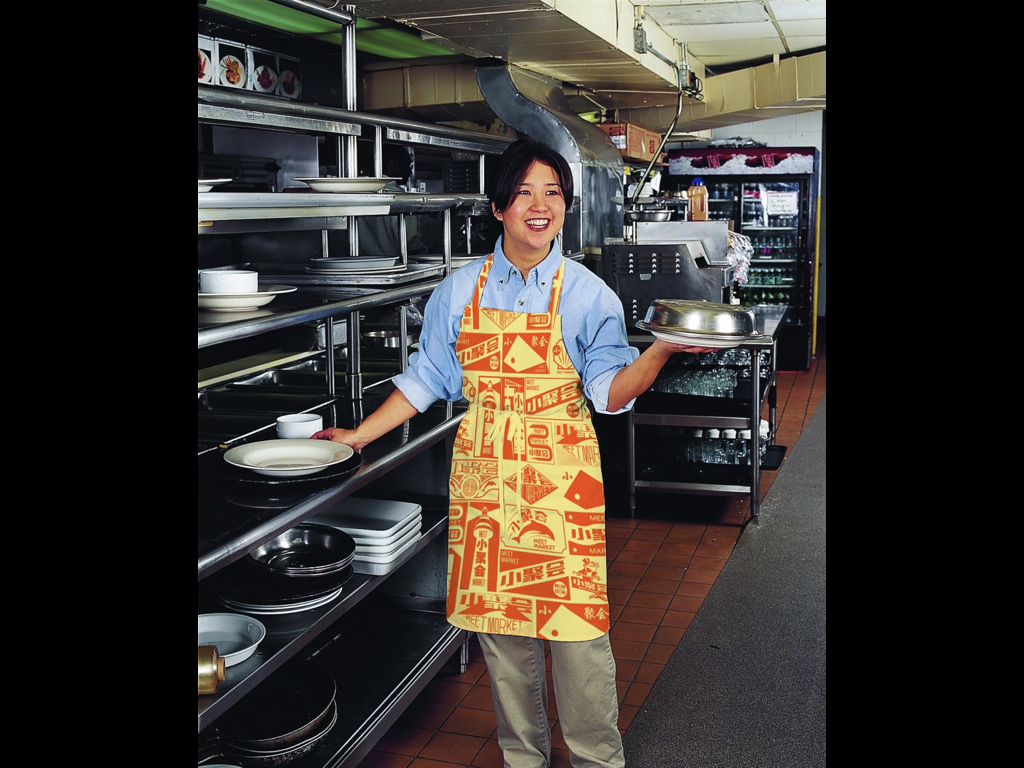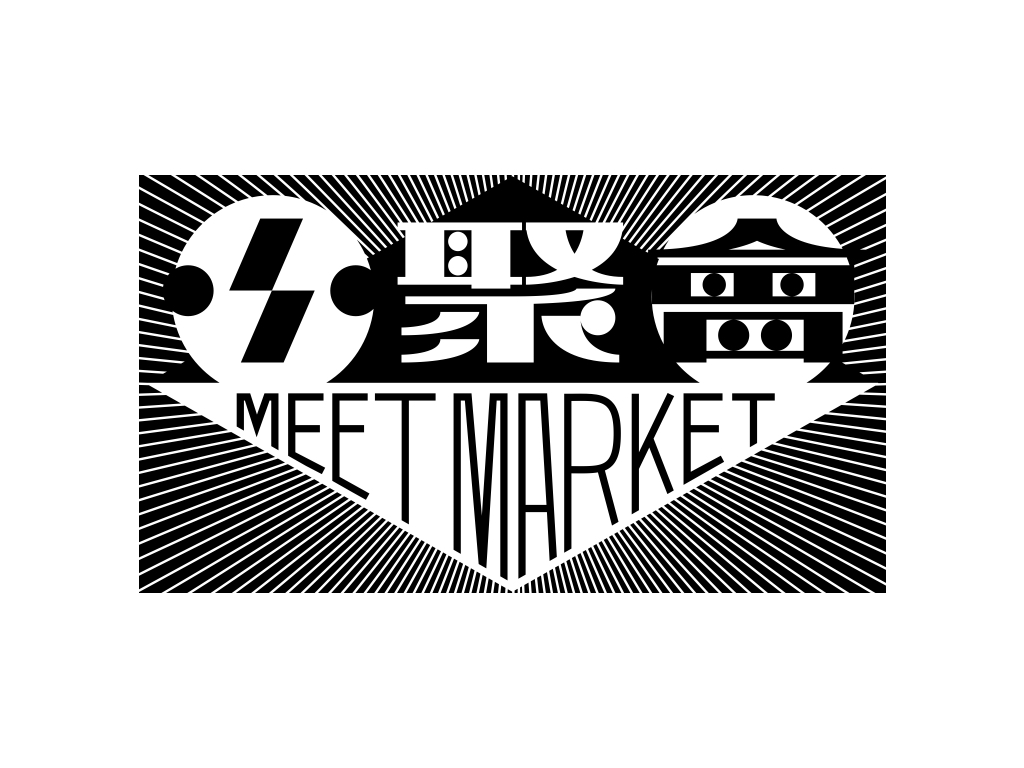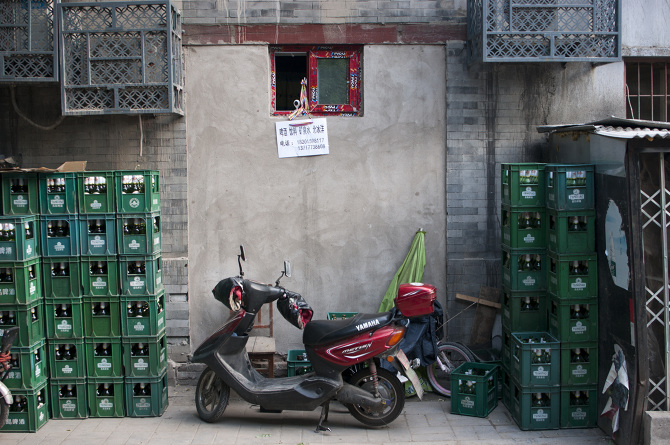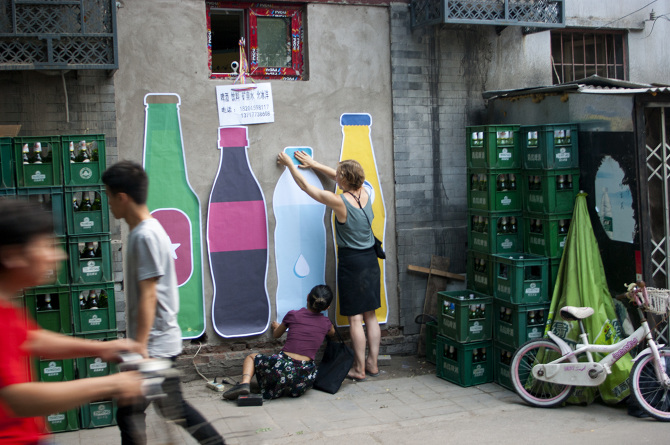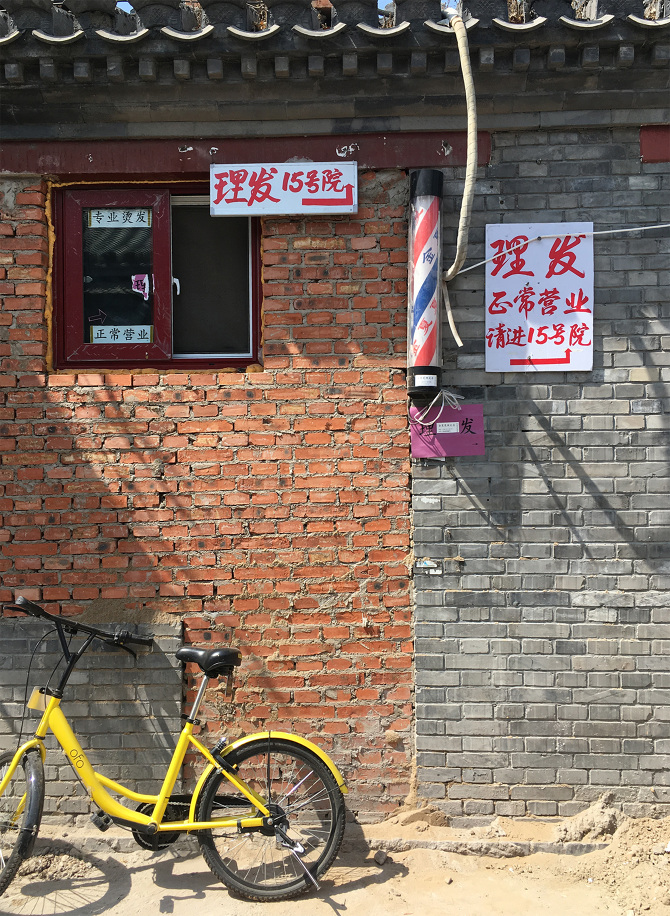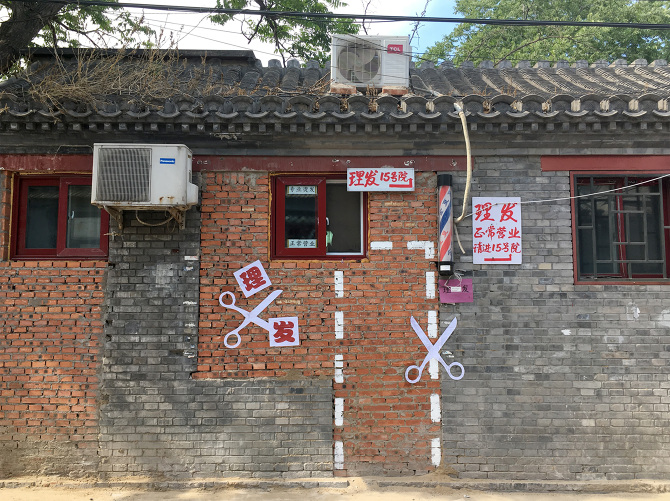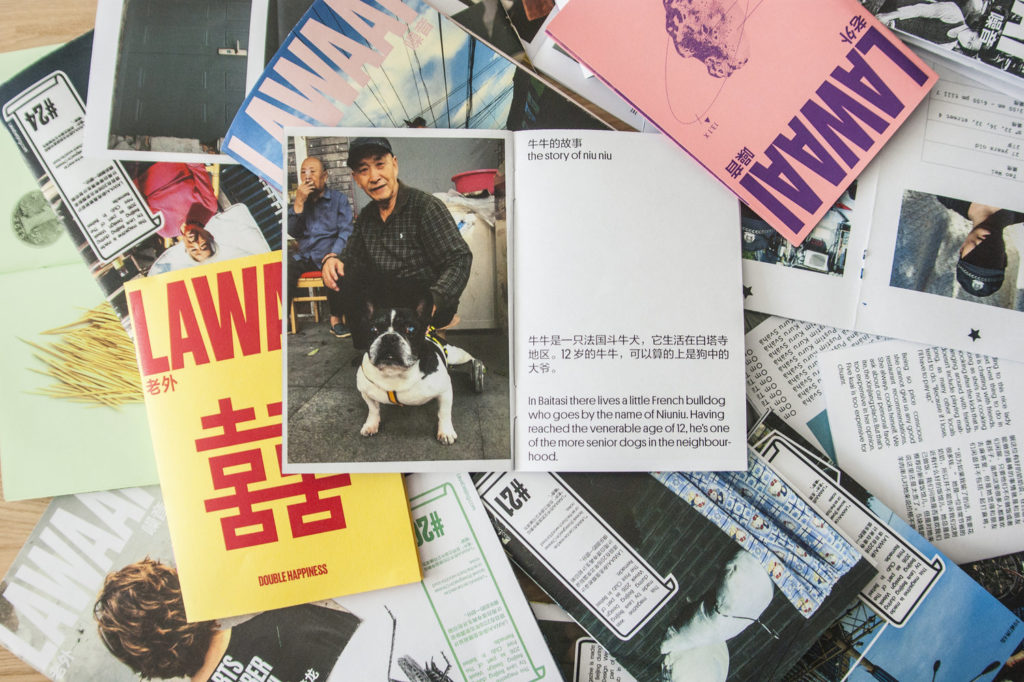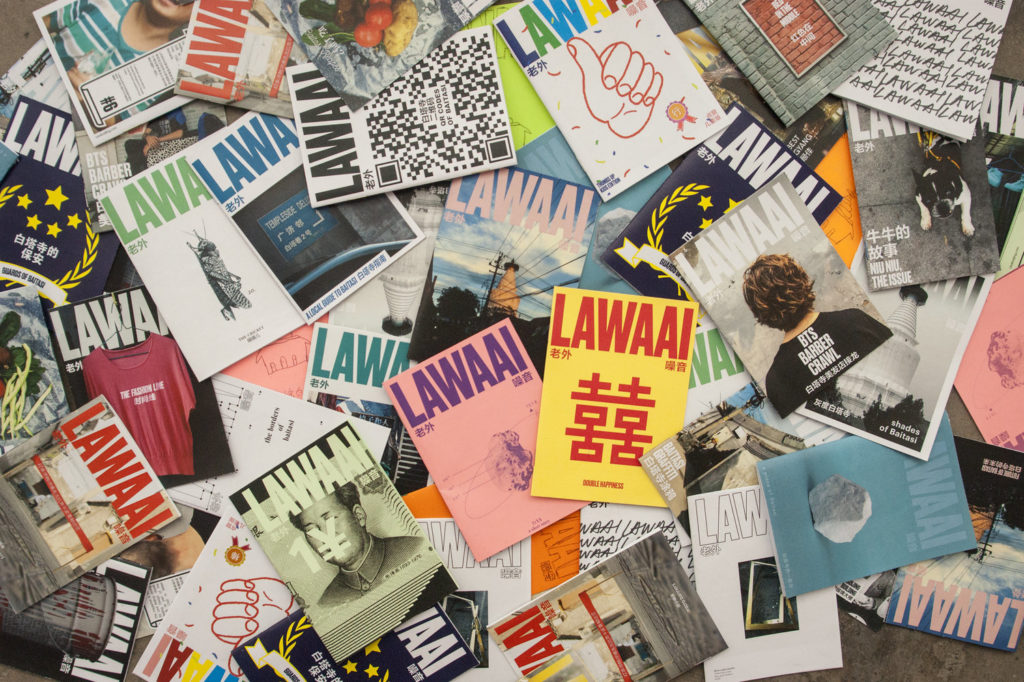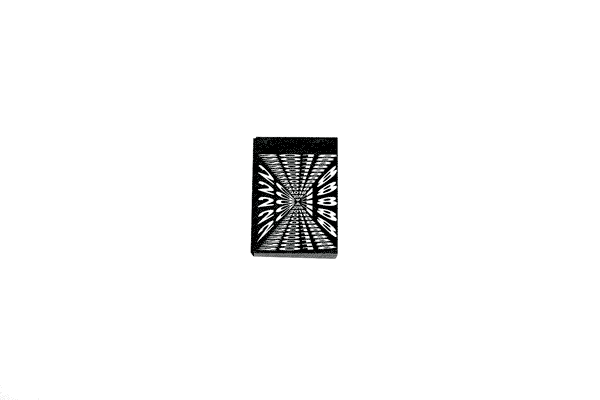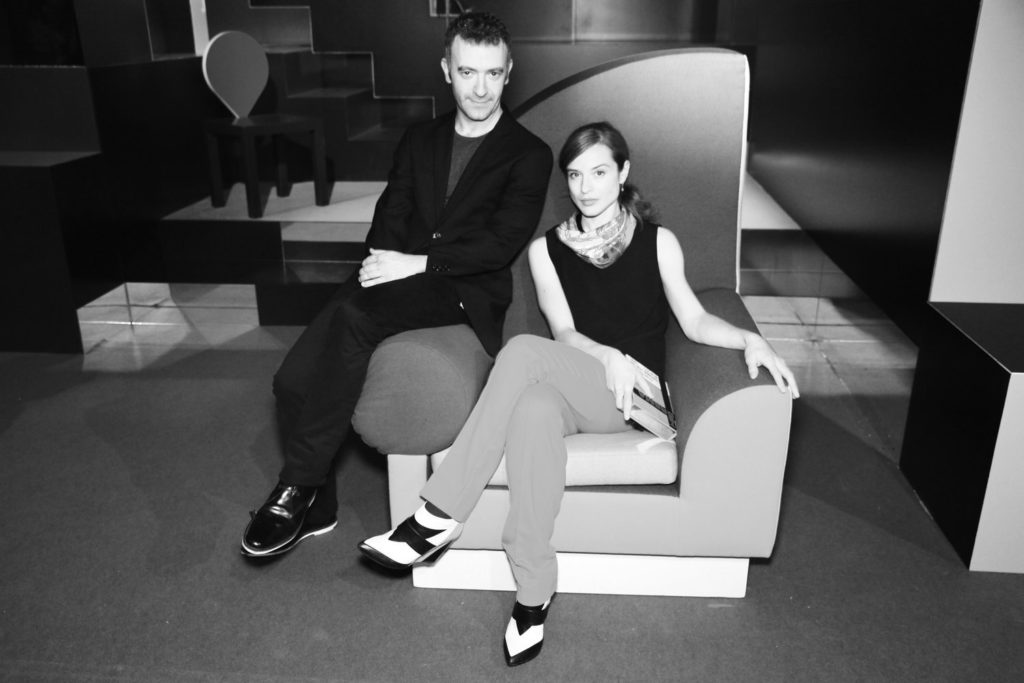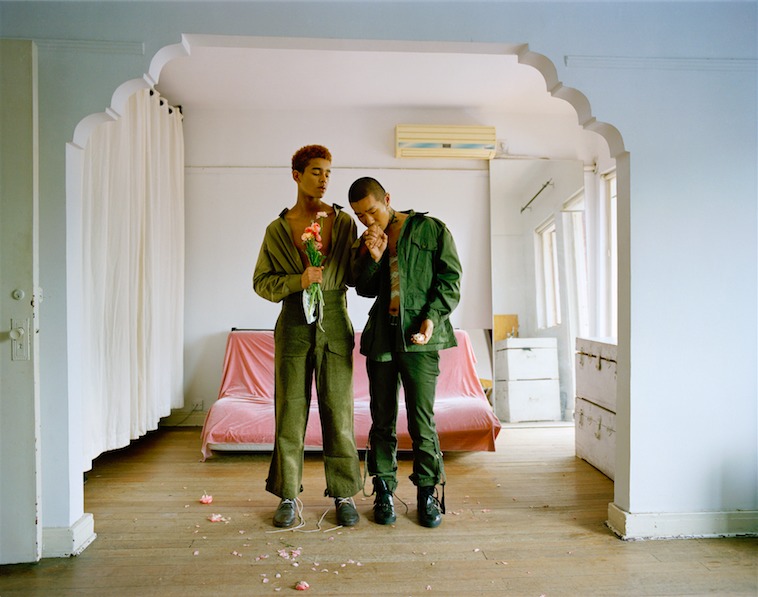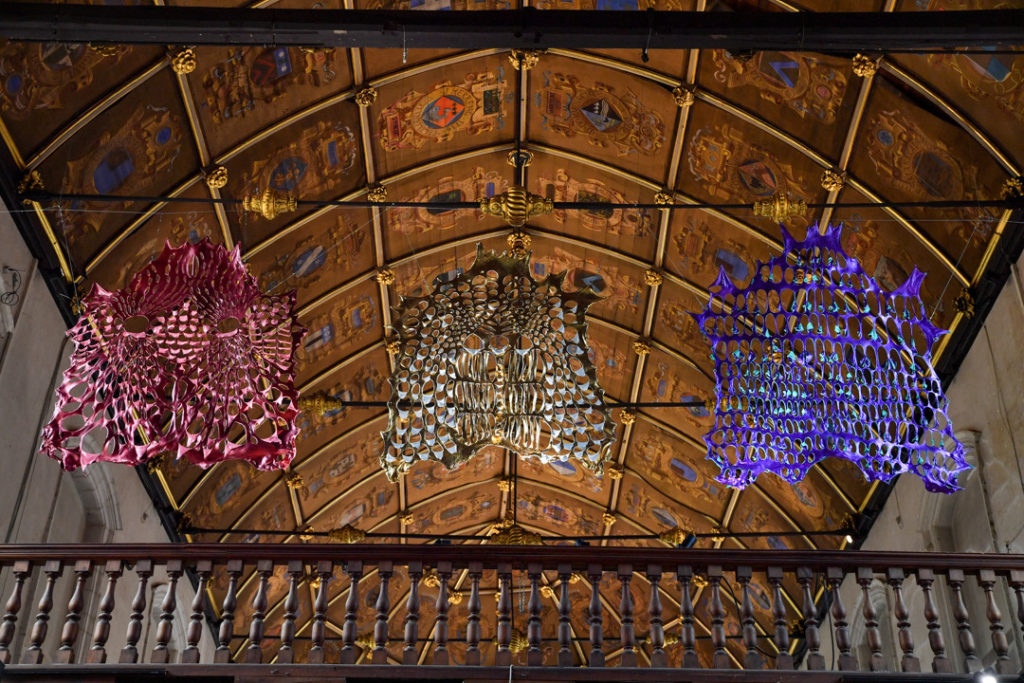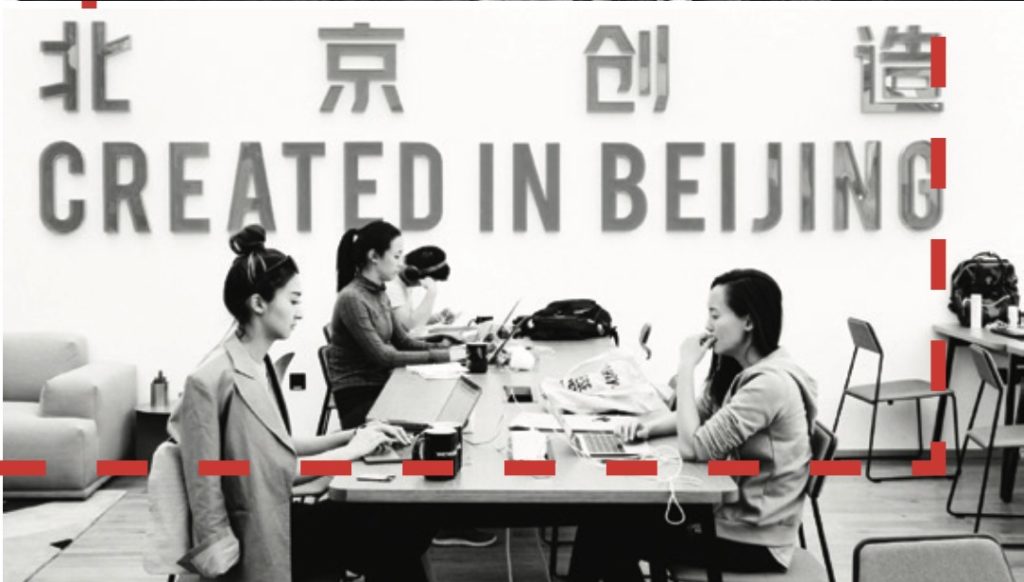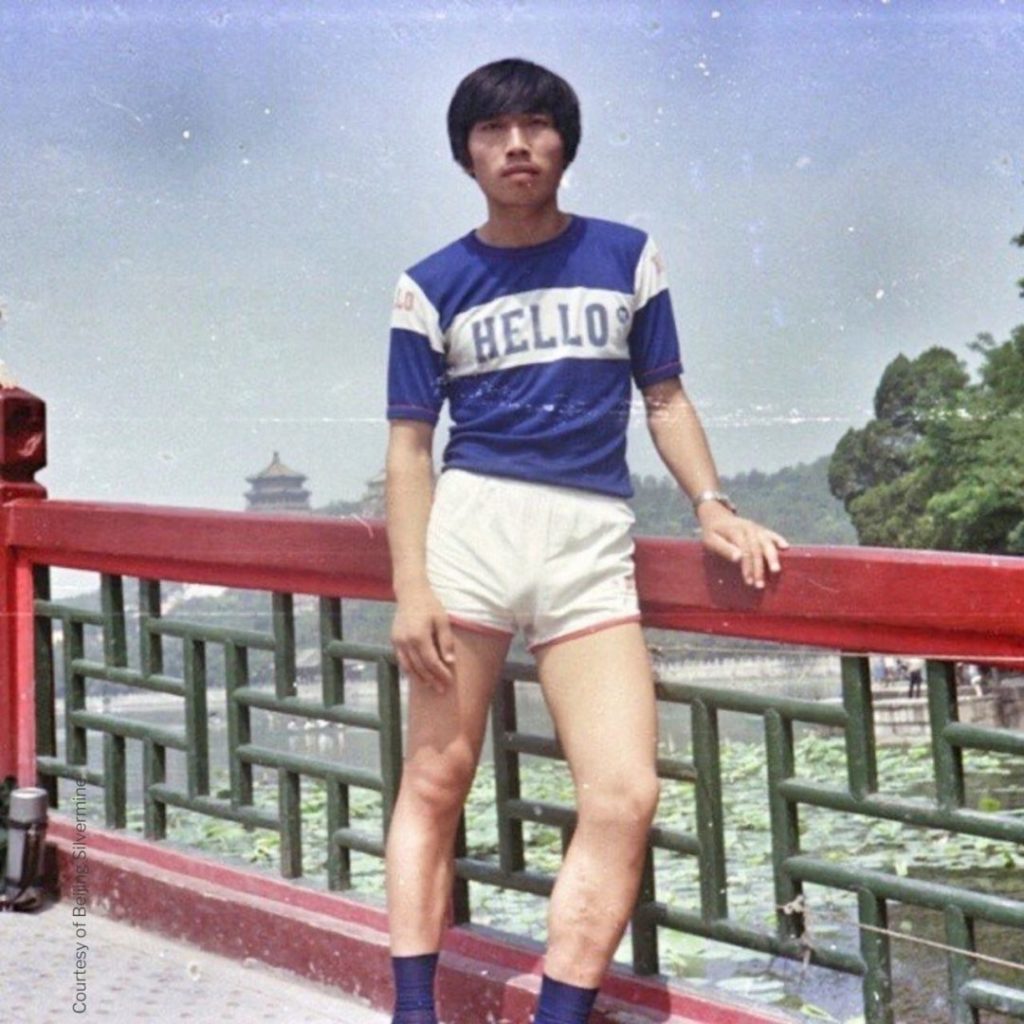DoorZine: Where does the name LAVA come from?
Lava was founded 28 years ago, in 1990, by Hans Wolbers and his business partner at the time. The very first thing they did was to go on holiday for a month, because they reckoned they’d be too busy later. They traveled separately but one day, just by chance, they met at Mt. Bromo volcano in Indonesia. They thought it was a pretty cool coincidence, so they called their new design company Lava. With a volcano, there’s always new stuff bubbling out. There is no certain style of what we do and our designs. It’s more like whoever works there sets the style.
DoorZine: Why did you decide to set up a Beijing agency?
I have been working in Lava for 11 years in total. I worked in Amsterdam for six years and I came to China around 5 years ago, to set up Lava Beijing. I didn’t know anything about China before coming here. It wasn’t my dream or anything. I just wanted to do something different in my life. When my boss asked me if I wanted to go teach a workshop at CAFA, I jumped at the chance. I was completely blown away. So many things are going on here, it was chaos and crazy, a cool scene to meet a lot of people interested in design. I loved it immediately and decided to stay. A colleague and I started Lava Beijing from scratch. We met one client, then another and things grew from there. I got the chance to take it over as my own company a couple of years ago.
DoorZine: What has changed or evolved, in 5 years?
I came here with just one colleague. We didn’t know anyone, and we just worked from cafes and out of our apartment. Since then we have worked for Beijing Design Week, the French, Swiss, Australian and Dutch Embassy, CKGSB长江 , UXIN 优信二手车, OCAT and Seaworld in Shenzhen, Taikooli in Beijing, among others. More and more people have got to know about us and projects have been flowing in. Now we have a studio with an international team: Chinese, French, Malaysian, Russian, Chinese and Dutch.
DoorZine: Can you tell more about a few projects that have been really exciting here?
Although the clients vary from corporate to cultural, we approach all of our assignments in the same way. We try to find the core of what an organization is about and translate that in a clear visual way. Sometimes bold, sometimes with humor. Many of our self-initiated projects reflect directly on the community in which we live and work.
